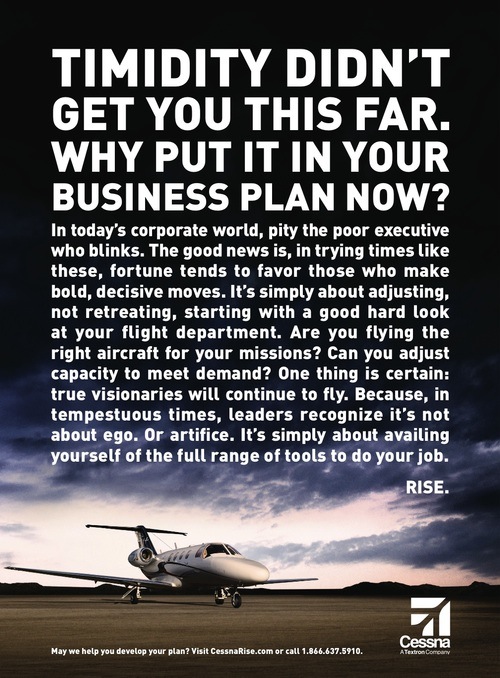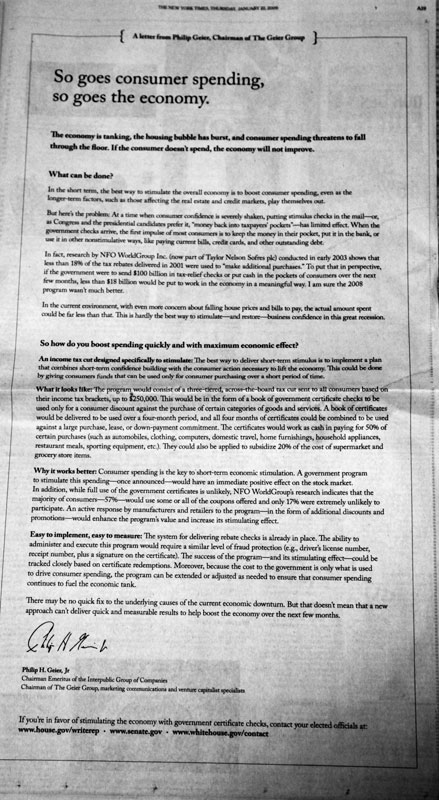
Our political class often avail themselves of private jets. There has been an effort to change the reimbursement requirements for Congressional use of private jets (pay the equivalent “First Class fare, rather than the full cost of the flight).
Charles Hollis “Chuck” Taylor looked down at his shoes and saw opportunity.
His Spaulding basketball sneakers were killing his feet.
Tired of the pain, the player hobbled into Converse Rubber Co. in 1921 and told owner Marquis Converse what he wanted — a sneaker with a higher ankle and a patch for better support, and a rubber sole with treads that made for a better grip for faster running and breaks.
Converse agreed to cobble one together. The upgraded All-Star shoe was born.
Over the next half-century, Taylor almost single-handedly established the Converse All-Star as the most popular athletic shoe ever.
Known as Chucks in tribute to Taylor, the shoes sold 750 million pairs before Converse was bought by Nike in 2003.
Taylor didn’t just build a brand. He also changed the face of basketball through integration, boosted the careers of some of the game’s most legendary coaches and helped make roundball one of the most popular sports in the world, notes Abraham Aamidor, author of “Chuck Taylor: Converse All Star.”
What transpires in the next 2 seconds is the heart and soul, the essence and spirit, of the Roadster. This is the trick this one-trick pony does better than perhaps any sports car on Earth. We in the business call it “rolling acceleration.”
At about 20 mph I nail the go pedal, and the power electronics module summons a ferocious torrent of amps, energizing the windings of the 375-volt AC-induction motor. Instantly — I mean right now, like, what the heck hit me? — the motor’s 276 pound-feet of torque is converted to dumbfounding acceleration. Total number of moving parts: one.
Street lights streak past me like tracer bullets. My little mental circuits go snap-pop with the thrust. God has grabbed me by the jockstrap and fired me off his thumb, rubber band-style. Wow.
Meanwhile, over in the Porsche, 19th-century mechanical forces are taking their own sweet time. The driver has to clutch, shift to a lower gear, and de-clutch — a regime that takes about half a second if he’s talented. When he pushes on the accelerator pedal, the throttles in the Porsche’s throat open, the fuel injectors start hosing down the cylinders with high-test, and the variable-angle cams rotate to maximize intake-valve duration. The flashing fire in the cylinders can now apply its maximum force to the pistons.
Dan Chung’s latest, from Shanghai.
When it comes time to chart designer Chris Bangle’s contribution to the BMW brand’s aesthetic, few pundits will praise his pulchritudinous perversion of pistonhead passion, or thank him for the aesthetic affectations for which BMW is now known. In other words, the “Bangle Butt” will be Chris’ lasting legacy. Of course, this is also the man who removed the words “flame surfacing” from art school and placed them on the tip of his detractors’ tongues. That and Axis of White Power. (Oh! How we laughed!) Equally improbably, the Buckeye State native helped the expression “Dame Edna glasses” cross into the automotive lexicon. Yup. It’s been a wild ride. Literally.
CAR:
BMW design boss Chris Bangle is to leave the car industry, it was announced today. In a statement, BMW said Bangle was quitting ‘to pursue his own design-related endeavors beyond the auto industry.’
Bangle, 52, was the architect of the often controversial flame surfacing look that transformed BMW design from the Russian doll mentality of the 1990s to the edgy – some would say radical and divisive – styling of today.
The cars Bangle spannered
The outgoing design chief has overseen the launch of the current 1-, 3-, 5- and 7-series saloons and hatchbacks, as well as the raft of niche models that have seen BMW’s model range explode in recent years: the Z3, Z4, Z8, X3, X5, X6 and 6-series were all conceived on his watch.
Bangle grew up in Wausau, WI.
I give him a great deal of credit for dramatically changing what is often a very conservative business: car design.
It is no secret that bailout transparency is a problem.
Now that taxpayers have become financiers, we have a right to know where the money is going. In search of organizations with the curiosity and resources to help figure that out, we trolled the Internet for good, easily available bailout information and came up with several sites worth looking at.
You can get charts describing the allocation of bailout money from a variety of sources. Some are easier to find than others, and we’ll leave it up to the reader to figure out what it means that the WSJ has a quick link for the Super Bowl but not the bailout.
But even after you find them, charts will only get you so far.
If you are looking to understand the big picture, you should go first to organizations that focus specifically on tracking the bailout. Not only do they piece together information from a variety of sources, saving you the trouble, but a few also do their own snooping around.
A good place to start is Open the Government, an organization devoted to greater government transparency in general, and with a specific page on the bailout. The page is a good launching pad because it compiles a lot of information—from government organizations, news outlets and watchdogs—as well as providing a calendar of relevant dates. In the spirit of common cause, Open the Government also links to other bailout watchdog groups.
But few of the former Soviet bloc countries had better jokes than the Hungarians. After all, several of their national characteristics—quick intelligence, mordant wit and an eye for the main chance—are summarised in the now legendary humorous definition of a Hungarian: “Someone who enters a revolving door behind you but comes out in front”.
My two favourites are set in the time immediately after the 1956 revolution:
In the first, Comrade teacher announces the day’s lesson in School Number One, Budapest: Marxist criticism and self-criticism.
“Istvan, please stand up and tell us what Marxist criticism and self-criticism means,” she instructs.
The little boy stands up. “Comrade teacher, Marxist criticism is how we must view my parents, who joined the reactionary counter-revolutionary forces who sought to destroy our heroic workers’ and peasants’ state, and then fled to the imperialist, capitalist west, to continue their intrigues against the Socialist regime.”
“Excellent, Istvan. And what is your Marxist self-criticism?”
“I didn’t go with them.”
Look carefully, and it is really the birth of the modern West that we see taking place here: snippets of news and sensation helped define a shared experience of the past and present, as political debates laid the foundations of democratic culture. If the Reformation is often credited with having turned the West toward the Enlightenment, another such force must be the growing taste for news and its multiple retellings. While other cultures were arguing over the interpretations of sacred texts, England’s was arguing over the nature of government in print. We are the beneficiaries.
The exhibition itself could have been much more clear in its chronological and thematic organization, particularly because the knotty politics of 17th-century England — centering on its civil wars — are treated as if they were far more familiar than is the case, but these documents repay the patience of careful reading.
When Sir Walter Raleigh was convicted of treason and executed in 1618, his eloquent speech on the scaffold was reported not by newspapers — which had not yet evolved — but in private written accounts. The real revolution came in the 1620s under the influence of “corantos” imported from Amsterdam, which provided the main news of the week. The corantos (which are still recalled in the names of newspapers, like The Hartford Courant) also inspired opposition from the government over their reports of troop movements during the Thirty Years’ War, leading to censorship and even imprisonment.
But the demand for news — and opinion — increased. Press censorship collapsed with the beginning of the civil wars of the 1640s, but the debates of this era were so intense and so much a part of public consciousness that news publications became instruments in the political battles between monarchists and parliamentarians. Newspapers were counterfeited, imitated, mocked and attacked. Parliament tried to reimpose censorship in 1643, and the poet John Milton wrote his famous speech demanding “Liberty of Unlicenc’d Printing.” But newspapers, complained Sir Roger L’Estrange, an ardent monarchist, make “the multitude too familiar with the actions and counsels of their superiors.” He created The Observator, shown at the Folger — the “pre-eminent Tory journal of its day.”
I’m baffled by WhosHere. And I’m no newbie. I built my first Web page in 1994, wrote my first blog entry in 1999, and sent my first tweet in October 2006. My user number on Yahoo’s event site, Upcoming.org: 14. I love tinkering with new gadgets and diving into new applications. But WhosHere had me stumped. It’s an iPhone app that knows where you are, shows you other users nearby, and lets you chat with them. Once it was installed and running, I drew a blank. What was I going to do with this thing?
So I asked for some help. I started messaging random people within a mile of my location (37.781641 °N, 122.393835 °W), asking what they used WhosHere for.

Philip Geier’s 232K PDF advertisement in today’s fishwrap edition of the New York Times. Use the grandkids credit cards to spend now…..